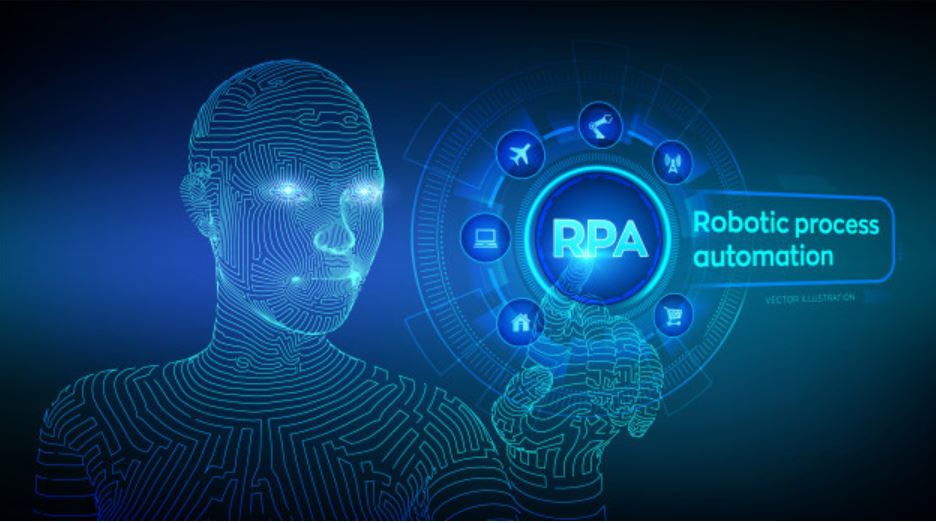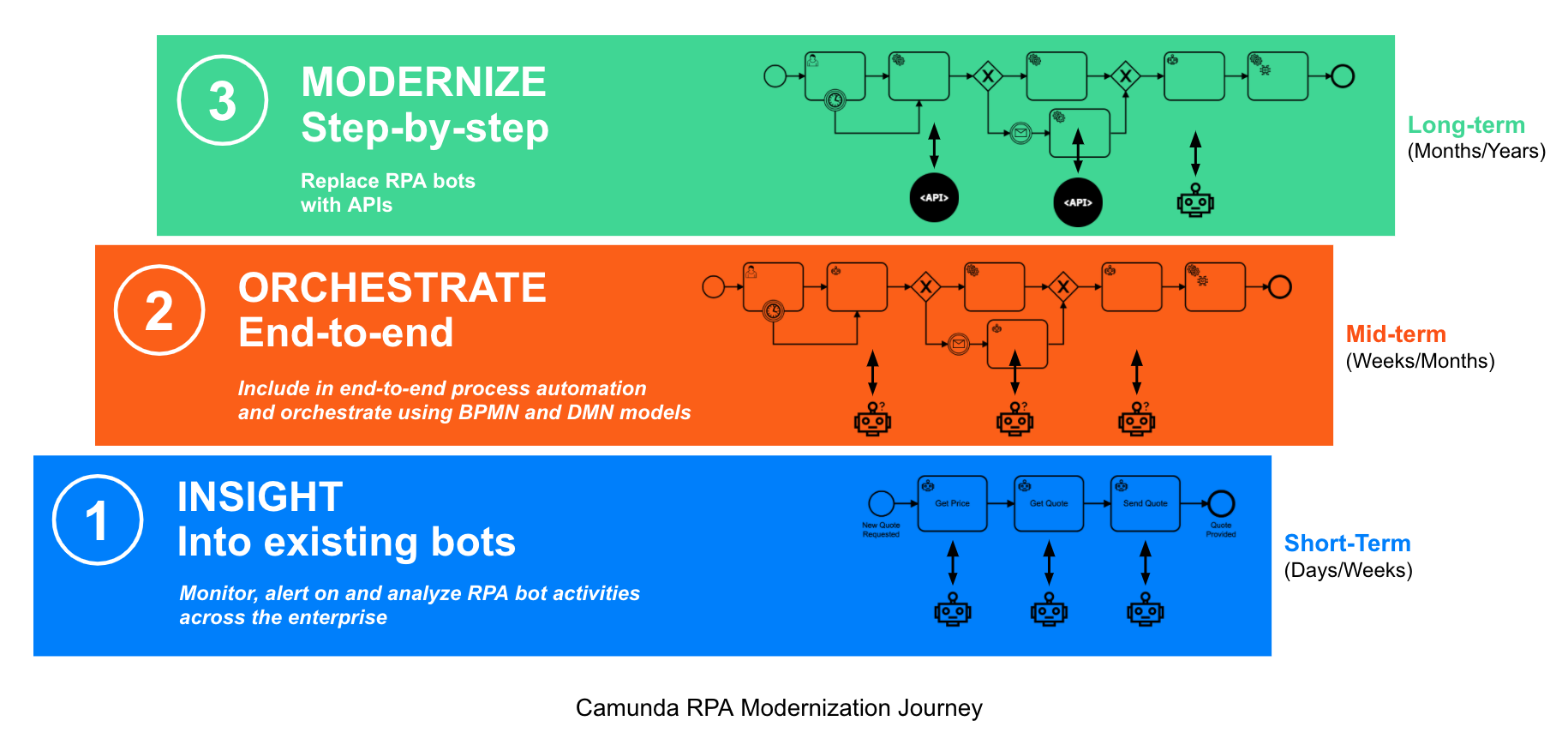 AI
AI
 AI
AI
 AI
AI
Camunda Services GmbH said today it’s aiming to modernize robotic process automation bot implementations with its latest Camunda 7.14 platform release.
RPA is a subset of artificial intelligence that involves using software robots to observe workflows in common business applications and then deduce ways to automate repetitive tasks. The robots are used to monitor worker’s individual keystrokes as they interact with customer relationship management, enterprise resource planning and similar tools. They try to identify repetitive patterns and come up with ways of automating them.
Eliminating a few keystrokes might seem trivial, but the savings can be quite considerable when they’re applied to hundreds or thousands of users over long periods of time. Moreover, RPA provides other benefits, such as reducing errors.
Camunda said its new platform is a major release that introduces an enterprise scale technology stack for designing, orchestrating, monitoring and analyzing RPA bots, making them a fully managed, end-to-end business process. In addition, its software also helps organizations to replace aging RPA scripts with more scalable application programming interfaces that are better suited to digital enterprises, the company said.
Camunda argues that today’s RPA bots are “fragmented and fragile,” citing a recent survey of process automation professionals that found 90% of them admit to facing challenges with their deployments. Moreover, it cites a May 2020 report from Forrester Research Inc. that found most RPA programs are being stalled by “fragmented automation initiatives, a patchwork of vendors, incomplete governance and attempts to overly automate complex tasks.”
The problem, according to Camunda Chief Technology Officer Daniel Meyer, is that companies have introduced too many RPA bots into their information technology environments, and that has created a level of complexity and technical debt that many organizations cannot overcome.
“While providing value in the short term, they are a Band-Aid solution,” Meyer said. “RPA bots grow to be fragile and inflexible over time, costing companies billions and requiring expensive rework.”
Camunda said it’s trying to solve this through an open architecture that introduces a “lifecycle approach to end-to-end process automation” that enables companies to incorporate and orchestrate various RPA tools, and then migrate these to more robust APIs that scale better.
The approach boils down to three easy steps, Camunda said. First, companies will be able to centrally monitor, alert and analyze RPA bot activity across their entire organization. Next, they can orchestrate multiple RPA bots and their activities to get more value from them. Finally, they can replace those bots with modern APIs and microservices that can help to reduce technical debt, Camunda said.

“Using the Camunda Platform and following this approach, companies can maximize the short-term benefits from their existing RPA bots, while reducing their technical debt with a path to scale toward the modern architectures that drive today’s digital businesses,” the company said.
This unique approach to RPA modernization has a big fan in the shape of the German telecommunications giant Deutsche Telekom AG, which is using Camunda’s software to revamp more than 3,000 RPA bots it uses to create better customer experiences.
“Maintaining and documenting our RPA bots as part of a larger workflow is time intensive, and our processes can generate errors that are hard to trace,” said Deutsche Telekom’s RPA project manager Christoph Anzer. “Camunda enables us to orchestrate the many RPA bots, APIs and other tasks within our automated processes. With this latest release, our team is looking forward to the new catalog for RPA services, which allow us to more easily integrate existing RPA bots into our processes and eventually completely replace them with more robust APIs.”
Camunda said the free and enterprise versions of Camunda Platform 7.14 will be released on Oct. 13.
Support our mission to keep content open and free by engaging with theCUBE community. Join theCUBE’s Alumni Trust Network, where technology leaders connect, share intelligence and create opportunities.
Founded by tech visionaries John Furrier and Dave Vellante, SiliconANGLE Media has built a dynamic ecosystem of industry-leading digital media brands that reach 15+ million elite tech professionals. Our new proprietary theCUBE AI Video Cloud is breaking ground in audience interaction, leveraging theCUBEai.com neural network to help technology companies make data-driven decisions and stay at the forefront of industry conversations.